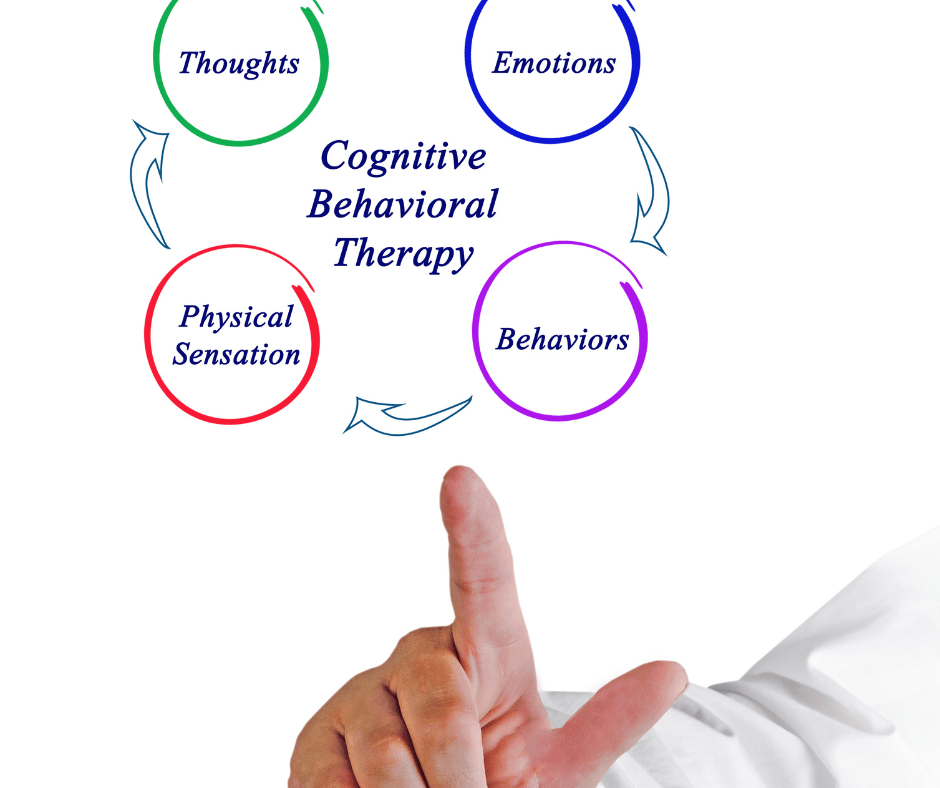In the field of cognitive behavior therapy (CBT) There are numerous, many methods tactics, strategies, and treatments that you can choose from. Some of these methods are most effective in a therapist-client environment and others work very well in self-help or personal scenarios.Core CBT Techniques You Can Use Right Now.
Techniques can be utilized either in conjunction or separately. It’s dependent on the situation the issue or situation and the person who is needing help. That’s what’s great about CBT methods – there’s no cookie cutter, that can be used in a single-size for all.
The strategies and techniques I’m about to talk about here all share is they’re built on the fundamentals of CBT by identifying the cause of maladaptive thinking and then consciously creating specific, strategic behavioural adjustments to attain the desired result. Certain are general CBT methods, while others are targeted towards specific needs or issues.
Let’s start with the fundamentals that are the basis of CBT.
Pages of Contents
Behavioural experiments
Behavioural tests are the foundation of CBT. These tests are designed to test the mind and reveal the patterns of thought that affect behavior.
Intentionally ‘trying out’ certain methods of thinking and then observing the outcomes clients develop a greater awareness of ways of thinking that could hinder them from achieving their goals.

Thoughts are recorded
Thought logs are also created to assess the reliability the thoughts we think. Recording our thoughts is an opportunity to examine the evidence supporting or against a certain approach to thinking – in essence whether it is real or not in light of the circumstances? The records of thoughts help clients to develop an unbiased method of thinking that is that is based on logic. What is different from the way they think they feel.
The activation of behaviour (aka scheduling enjoyable activities)
This approach is simple and powerful. Activities that are enjoyable can be among the very first things to take place when confronted with challenges. Engaging in activities that you enjoy assists in reducing negative thoughts and encourages positive emotions and feelings happiness. This is especially helpful for those suffering from depression. 3
Exposure
Exposure can be a powerful method that helps clients confront their fears and phobias with a controlled approach. You’re basically asking your client to experience what they are afraid of. Of course, it will be a bit scary for them.
When properly used Exposure has been proved as effective for elimination of anxiety and fears. The best way to use exposure techniques is in conjunction with a therapy session with a therapist who is trained on their use.
There are numerous exposure techniques as well as a variety of ways to apply these techniques. 4 Here are a few of the most commonly used and well-known methods.

Situation exposure hierarchies
The counselor assists the client in making a list of the things they fear or situations. The client is then asked to rate on a scale of 10 to 0 the degree of distress they feel at each one. For instance, someone who is scared of dogs might be able to say “Not being able to see any dog in the backyard” is the number 0. “A dog that licks my hand” could constitute their 10.
Beginning with the least stressful therapy session, the therapist assists the client to work through every scenario on the list. This method is for slowly increasing exposure while reducing the anxiety of being exposed.
Flooding
Flooding may also use exposure hierarchies, however it usually starts with more challenging or difficult situations or objects. Be cautious when using this method, because it may trigger strong reactions. This method should be used in conjunction with an intervention for therapeutic purposes.
Systematic desensitization
This method involves combining exposure to relaxation exercises. The client is taught how to stay calm when confronted with situations that normally cause anxiety. Gradually, they learn to associate the subject or event with relaxation , rather than strong negative emotions.
Journaling
Journaling is an excellent method to collect details about feelings and thoughts. Journals can be used as a way to record the, explain, and analyze emotions, thoughts, scenarios and responses. A journal that allows you to unpack and explore may provide a wealth of insight.

Cognitive restructuring – unravelling cognitive distortions
Cognitive distortions are the result of incorrect thinking that tell us that something is true, even though it’s not. There are a variety of cognitive distortions. To understand these, the person must discover which of them are there in them and then contest the thinking patterns that are present.
There are many worksheets available on the Internet that can be utilized to help clients identify and address their distortions in thinking. It can also be done through the therapist-client dialog. The objective, of course is to help the client to learn how to accomplish this independently. 1
.
Assessment of the functional (ABCs)
Functional assessment tools allow the client to keep track of the ABCs (antecedents behavior, actions, consequences) of an event. This information allows the therapist and the client to start to recognize patterns in behavior. 3 There are many of these forms available on the Internet However, it’s extremely easy to make your own.
Reframing
It’s easy to slip into the patterns of old negative thinking. One approach to combat negative thinking is by reframing. Reframing is the process to replace negative thought with positive immediately after the negative thought is triggered.
Reframing can break the negative cycle of repetition and refocuses the focus to positive aspects. 1 This technique is useful during sessions or for homework with a thought recording or similar tools.
Homework
Homework is an integral component in the CBT process. Assignments for homework help patients acquire new skills and apply the knowledge they learned during sessions into everyday life increasing compliance with treatment and aiding in the reduction of symptoms.

Mindfulness and relaxation
Three of my most-loved meditation and relaxation practices include the progressive relaxation (PMR) as well as meditation as well as deep breath. Each is different in the way it is used and its purpose.
PMR involves the consistent stretching and release of every muscle group, accompanied by deep breathing and mental imagery.
Mindfulness meditation is the practice of relaxing your mind, and then focusing in on feeling and thoughts that are present while observing them and letting them pass.
Deep breathing is a process that is physiologically incompatible.
Meditation and relaxation techniques offer the user a fresh and alternative way to react to stressful situations. The change in response could stop the cycle of reoccurrence. Relaxation also assists the client to calm their mind to be more rational and rationally. YouTube videos and apps, audio recordings and even soothing music can be great sources for relaxation.
The pie technique
Based on the basic pie chart The ‘pie’ method lets users see their objectives and thoughts in graph format. The “pie” technique can assist with setting goals and determining the responsibility for the results. 1
Just ask the client to put every goal or idea into an outline chart and then divide it in accordance with importance according to their own preferences. This can be accomplished in conjunction with an assignment for homework or as part of an ongoing therapist-client conversation. Beck (2011) provides a number of illustrations and examples of this method.
Credit list technique
This is a method that is simple that can produce impressive outcomes. Patients who attend therapy typically aren’t confident in their abilities to transform and may not immediately be aware of the positive actions they are taking. Credit lists are a daily list clients make of things he believes they are deserved recognition for.
The technique doesn’t only assist the client in understanding their progress, but it increases their ability to discern the positive aspects and beliefs that are underlying when they are doing their core belief practice during treatment. Core CBT Techniques You Can Use Right Now.
Let the story unfold
This method is a kind of exercise in thought. The therapist invites the client to imagine what would happen from their nightmare scenario and then asks them to let their scenario unfold to the end. Letting the scary event unfold allows the client to understand that, even if their biggest fears come true it is possible for things to change and improve.
There you go. A variety of tools that you can include in the CBT toolbox. Although you’re likely familiar with a lot the tools listed, others might be completely new to you. Be sure you’re within your limits of practice. If you are unsure of the techniques you are using you should seek additional instruction particularly in CBT.

aids in reducing the stress of clients and increasing the motivation to exercise
This is her fifth session, and even though she’s lost a significant amount of weight, and become stronger and fitter but she is feeling like she’s reached a point at which she’s plateaued. Additionally, she has been extremely stressed because of the demands of her job as well as her father’s demands and the pressure to provide support towards her child.
Her diet seems fairly balanced, but she is in need of moving more. She is fine with cycling, but she feels like she’s not getting enough exercise.
Mark discusses the advantages of intense but short exercise . She agrees that she can begin with three 30 seconds of races on the stationary bicycle per week.
Mark uses the joy that the client had during a recent vacation with her daughter to form the basis for a hypnotic induction . It says that she will feel more inspired to move to a higher level and “find the right plateau” and feel less stressed from day to day.



